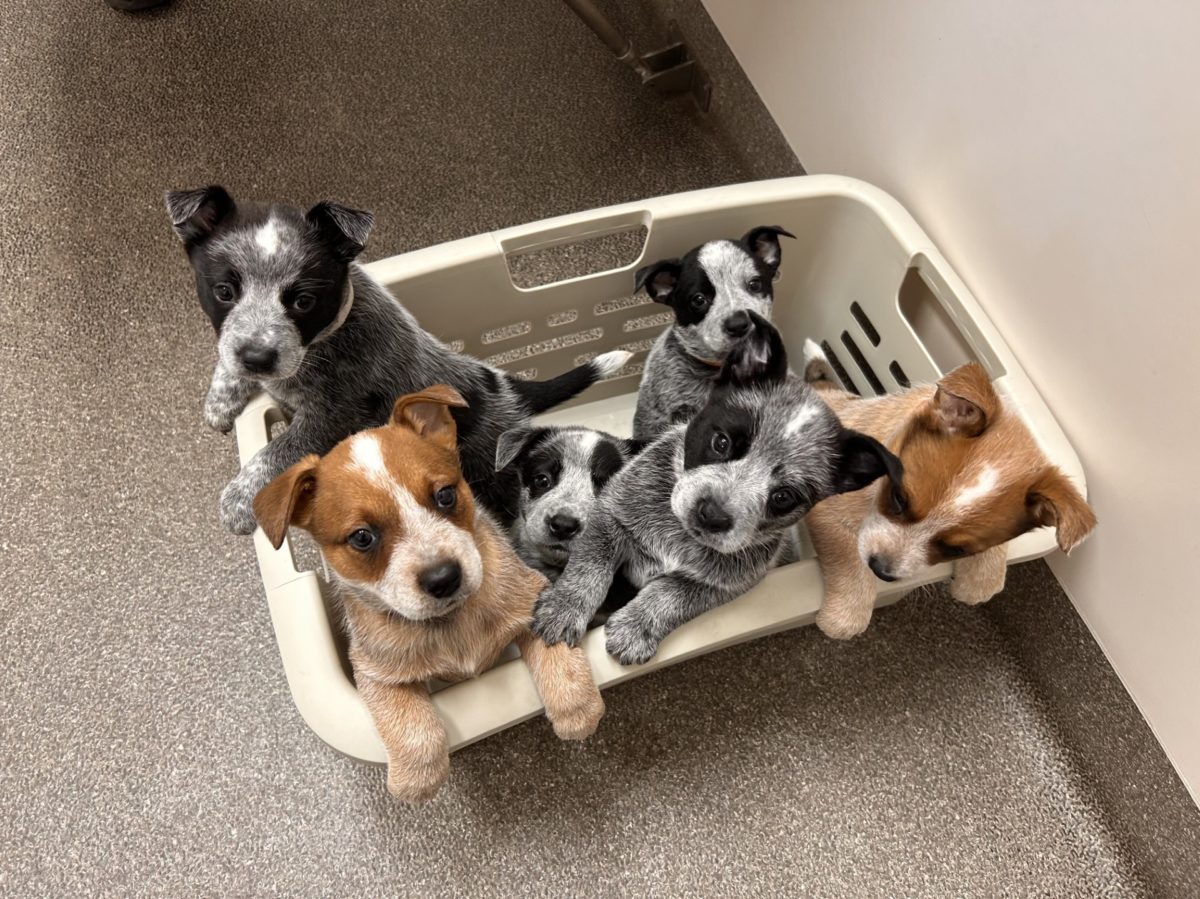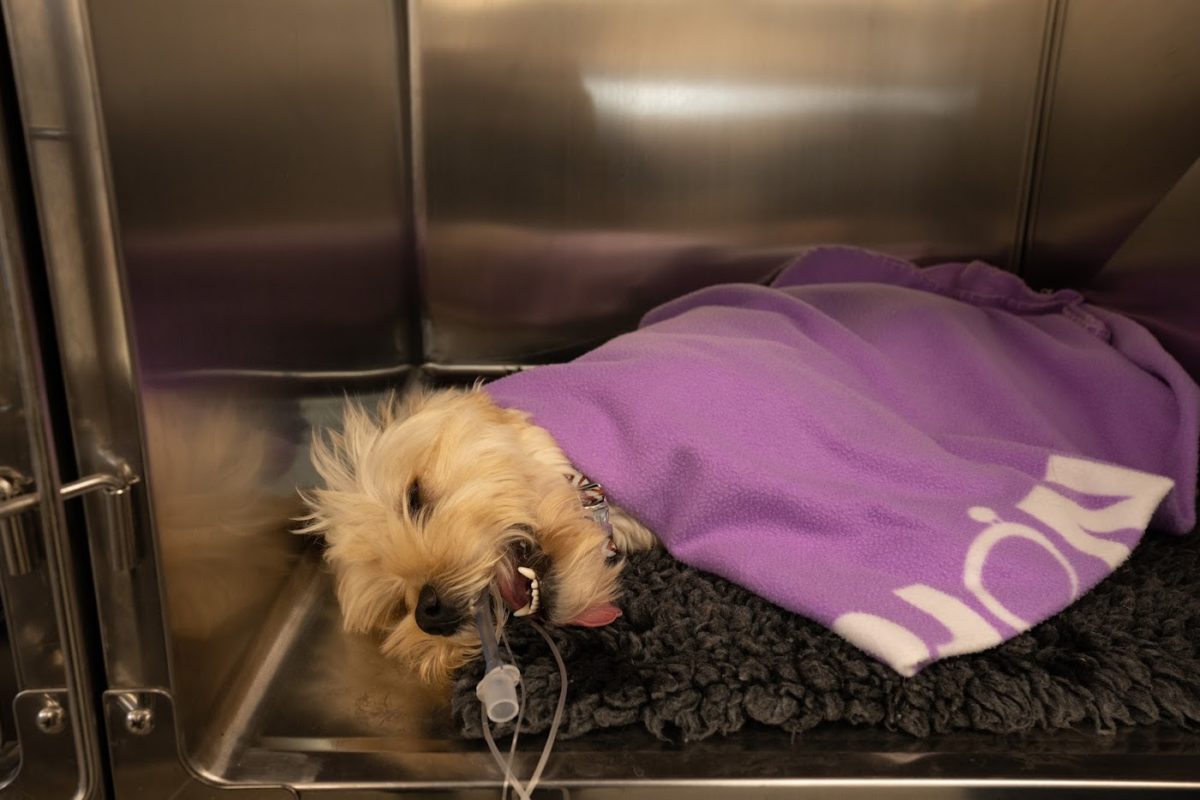Discover how to choose the best food for your pet with this comprehensive guide. Learn about age-specific diets, dry vs. wet food, and how to monitor your pet's health through nutrition. Ensure your furry friend stays happy and healthy!
How to Keep Your Pet Safe in Hot Weather
As the summer sun shines bright, many dog owners are eager to enjoy outdoor activities with their furry companions. Whether it’s a walk in the park, a beach day, or a game of fetch in the backyard, the warm weather can be a lot of fun for both humans and their pets. But while we can simply put on sunscreen or step into the shade, your dog can’t take off their fur coat to cool down.
Heat stroke in dogs is a serious concern that can be life-threatening if not handled quickly and properly. Understanding the signs of heat stroke, how dogs regulate their body temperature, and knowing what to do in an emergency can help protect your pet from harm and ensure they stay safe during hot weather.
How Do Dogs Cool Down?
Dogs have a few methods of dissipating heat, but they’re not as efficient at cooling off as humans are. Unlike us, dogs don’t sweat to regulate their body temperature. Instead, they rely on:
- Evaporation
Dogs cool down by panting. As they breathe in, the moisture in their noses and mouths evaporates, carrying heat away from their bodies. The faster the panting, the more heat they can release. - Conduction
Your dog will also try to cool down by lying on a cool surface. This helps them absorb heat from their bodies into the cooler floor beneath them. - Convection
When a dog sticks their head out of the car window, they’re using the breeze or moving air to help cool their skin. This helps them regulate their body temperature when air is moving around them.
Signs of Heat Stroke in Dogs
It’s essential to recognise the early signs of heat stroke in dogs so you can act quickly. Heat stroke occurs when your dog’s body becomes unable to cool itself efficiently, and it can be life-threatening. Some common signs to watch out for include:
- Excessive Panting and Drooling
Heavy panting is one of the first signs that your dog is overheating. You may also notice excessive drooling or foaming around their mouth. - Increased Thirst
If your dog is drinking more water than usual or excessively licking their lips, they may be trying to rehydrate due to heat exhaustion. - Lethargy or Disorientation
If your dog seems unusually tired, sluggish, or disoriented, it could be a sign they are suffering from heat stroke. - Vomiting or Diarrhea
Heat stroke can cause gastrointestinal distress, including vomiting or diarrhea. - Heavy, Sustained Breathing
If your dog is struggling to breathe, especially with an open mouth or labored effort, this is a serious warning sign. - Collapse
In the most severe cases, heat stroke can cause your dog to collapse, which requires immediate veterinary attention.
What to Do If Your Dog Has Heat Stroke
If you suspect your dog is experiencing heat stroke, you must act fast. The earlier you intervene, the better the outcome for your dog.
- Hydrate Them
Ensure your dog always has access to fresh water. You can offer them small sips of cool water, but never force them to drink large amounts at once.
- Get Them Indoors
Move your dog to a cool, shaded area, ideally with air conditioning or a fan. Don’t rely on shade alone—your dog needs to be in a cooler environment to recover.
- Cool Them Down
Place your dog on a cool surface like a tile floor or wooden floorboards. If you’re outdoors, wet towels with cool (not cold) water and gently apply them to your dog’s body. Avoid using ice or ice-cold water, as it can cause shock. A gentle stream of cool water from a hose or a fan blowing on your dog can also help.
- Avoid Exercise
Do not attempt to walk your dog or make them exercise in the heat. If your dog seems overheated, it’s best to avoid outdoor activities altogether until temperatures cool down.
- Consider Shaving Your Dog’s Coat or Full Groom
- If your dog has a thick, dense coat (such as a Siberian Husky), it’s important to groom them before the hot weather starts to help remove the winter undercoat. This can improve their ability to regulate body heat and stay cooler.
- For dogs with curly or heavy coats, such as Poodles, trimming their fur during the warmer months can also help them stay more comfortable. However, it’s crucial to consult with a professional groomer or veterinarian to ensure that shaving or trimming is safe for your dog’s
- Seek Veterinary Help Immediately
If your dog’s symptoms don’t improve or worsen, get them to a veterinarian immediately. Heat stroke can cause serious internal damage, and time is of the essence in these cases. Make sure to transport your dog to a vet while providing them with wet towels and air conditioning to prevent further heat stress.
Breeds at Higher Risk for Heat Stroke
While all dogs can experience heat stroke, some breeds are more prone to overheating due to their physical characteristics. Short-nosed breeds, such as Bulldogs, Pugs, and Boxers, have a harder time panting effectively, making them more susceptible to heat stroke. Older dogs, overweight dogs, and those with underlying health conditions are also at a higher risk.
Preventing Heat Stroke in Dogs
The best way to prevent heat stroke is to take precautions before it happens. Here are some tips for keeping your dog safe during the summer months:
- Provide Fresh Water
Always have fresh water available, especially on hot days, and make sure your dog stays hydrated. - Avoid Hot Walks
Try to walk your dog early in the morning or late in the evening when it’s cooler. Avoid walking during the heat of the day, especially on hot pavement, which can burn their paws. - Keep Your Dog Indoors
If the weather is extremely hot, keep your dog inside with access to cool, shaded spaces. Limit outdoor activity during peak heat hours. - Monitor for Symptoms
Pay attention to any signs of heat distress, and be ready to act quickly if needed.
Conclusion
- While summer is a time for fun and outdoor adventures with your dog, it’s important to stay vigilant about the risks of heat stroke. By understanding how dogs dissipate heat and recognising the signs of overheating, you can ensure your dog stays safe, comfortable, and hydrated throughout the warmer months.
- With a little extra care, your dog can enjoy the summer sun without putting their health at risk. If you notice any of the symptoms of heat stroke, act quickly and seek veterinary help if necessary. Together, you and your dog can enjoy many more sunny days!
Need More Help Keeping Your Dog Safe in the Heat?
At Clyde Veterinary Hospital, we’re here to help ensure your dog stays healthy and happy all year round, no matter the weather. If you have any questions about heat stroke prevention or need advice on your pet’s well-being, don’t hesitate to reach out. Our team of experts is available to guide you in keeping your furry friend comfortable during hot weather.
Book an Appointment Today
Whether you’re looking for advice, reassurance, or a little extra guidance, the Clyde Veterinary Team is here to support you and your furry family members every step of the way. Reach out to us for expert care tailored to keep your pets happy, healthy, and thriving.
About the Author:
Dr. Irene Mitry is the owner and founder of Clyde Veterinary Hospital, and a vet with a difference. She has not one, but two veterinary degrees, and an abiding passion for preventative pet care. Her life-long love for our animal friends shines through in everything she does, as her client testimonials show. Dr Mitry’s long-standing desire to bring this philosophy of care to life in her own purpose-built veterinary clinic led her to found Clyde Veterinary Hospital in 2018.




